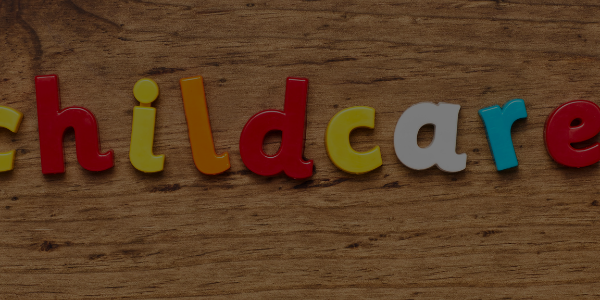In the month of February, we turn our attention to a crucial aspect of first aid and emergency response – Cardiopulmonary Resuscitation (CPR) and Automated External Defibrillator (AED) training. Whether you’re an educator, teacher, or NDIS worker in Australia, understanding these life-saving techniques is essential. In this blog post, brought to you by AB First Aid Training in Tullamarine, Victoria, we’ll delve into the importance of CPR and AED training in the Australian context, referencing the guidelines of the Australian Resuscitation Council (ARC).
Why CPR and AED Training Matters:
Cardiac arrest is a significant health concern in Australia, and being prepared to respond effectively can save lives. The Australian Resuscitation Council emphasises the importance of CPR and AED training, and here’s why it matters:
- Immediate Response: In cardiac arrest, every minute without CPR and defibrillation reduces the chance of survival by 10%. Rapid response is critical, as highlighted in ARC’s guidelines.
Statistic: According to the ARC, approximately 30,000 out-of-hospital cardiac arrests occur in Australia each year. - Availability of AEDs: Australia has seen an increased deployment of Automated External Defibrillators (AEDs) in public spaces, workplaces, and schools. Understanding how to use them aligns with ARC’s recommendations for public access defibrillation.
Statistic: The Australian Heart Foundation reports that there are over 20,000 AEDs registered across the country, making them more accessible than ever. - Empowerment: CPR and AED training empowers individuals to take action when someone’s life is at risk. In line with ARC guidelines, you become a potential lifesaver in your community.
CPR Basics in Australia:
CPR, as per ARC guidelines, involves chest compressions and rescue breaths to maintain blood circulation and oxygenation when a person’s heart and breathing have ceased. Here’s a brief overview of CPR in the Australian context:
- Check for Responsiveness: Ensure the person is unresponsive and not breathing normally.
- Call for Help: Dial emergency services immediately or instruct someone to do so, adhering to ARC’s recommendations.
AED Usage in Australia:
Automated External Defibrillators (AEDs) are widely accessible in Australia, and understanding their use aligns with ARC’s guidelines. Here’s what to do when using an AED in Australia:
- Turn on the AED: Follow the device’s instructions to power it on, in accordance with ARC’s recommendations.
- Attach Electrode Pads: Place the electrode pads on the person’s bare chest as per the guidelines provided by the AED.
- Follow Voice Prompts: Listen carefully to the AED’s voice prompts, which will guide you on when to administer the shock and when to continue CPR, adhering to ARC guidelines.
Conclusion:
CPR and AED training, aligned with the guidelines of the Australian Resuscitation Council, are invaluable skills that can save lives in cardiac arrest situations in Australia. In February, make a commitment to learn and refresh these life-saving techniques, following ARC’s recommendations.
Remember, you have the power to be a lifesaver in your Australian community. Be prepared, be trained, and make 2024 a year of safety and readiness, in line with the guidelines of the Australian Resuscitation Council. To learn more about our CPR and AED training courses and how AB First Aid Training can support your efforts, visit our website at www.abfirstaid.com.au or contact us at 8364 8984.
Don’t wait for an emergency to happen. Act now and become a certified CPR and AED responder, following ARC’s recommendations. Together, we can make a difference in Australian lives.
#CPRTraining #AEDSkills #EmergencyResponse #LifeSavingSkills #ARCGuidelines #ABFirstAidTraining
Please note that regular First Aid and CPR Training is the best way to make sure that you’re prepare in the case of an emergency. Book a course with us
Find this article useful? Enjoy reading more of our blogs here!





